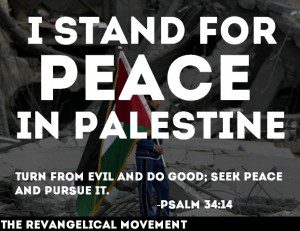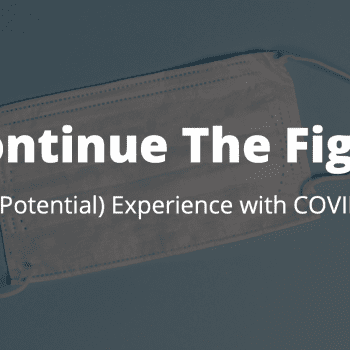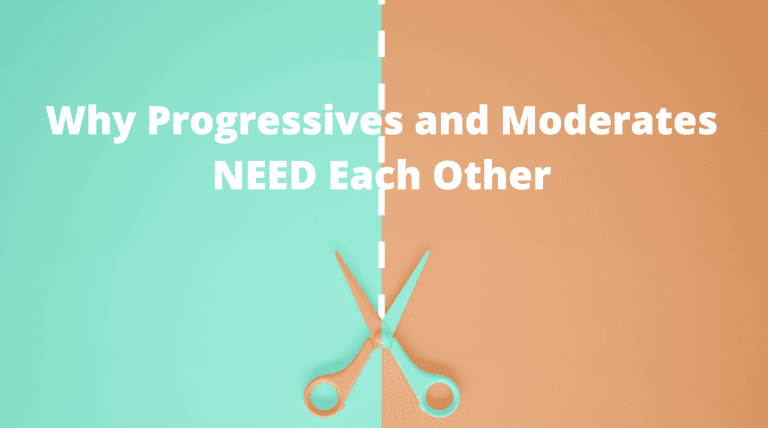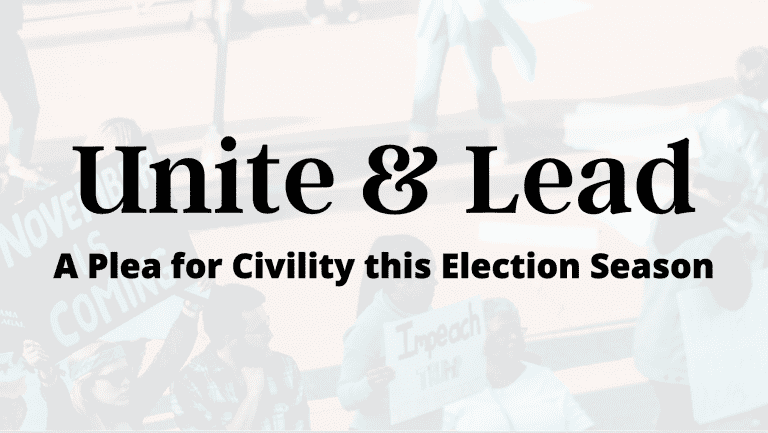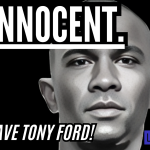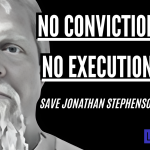The ongoing crisis in Gaza is complex. As I have said before, in these turbulent times, our first calling as followers of Jesus is to pray for peace. 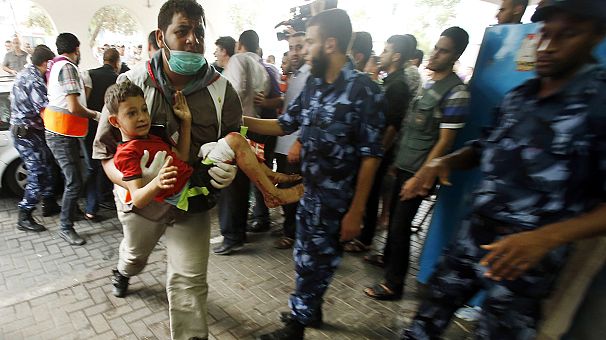 Peace between Israel and Hamas. Peace between Jews and Palestinians. Peace between all those who stand divided by these issues. We should work to prevent bitterness and hatred from arising, and instead seek the way of grace, forgiveness, and reconciliation. But that road is long and difficult. The path towards peace is one we must all continue to traverse, even when it seems like our destination is getting further away from us rather than closer. We must press on. Peace is possible. But it’s not inevitable. It will take much prayer and much more work.
Peace between Israel and Hamas. Peace between Jews and Palestinians. Peace between all those who stand divided by these issues. We should work to prevent bitterness and hatred from arising, and instead seek the way of grace, forgiveness, and reconciliation. But that road is long and difficult. The path towards peace is one we must all continue to traverse, even when it seems like our destination is getting further away from us rather than closer. We must press on. Peace is possible. But it’s not inevitable. It will take much prayer and much more work.
At the same time, we are called as followers of Jesus to stand up for the oppressed, abused, and marginalized. In the midst of the current crisis in Palestine, there is clear and profound oppression and injustice taking place. One only has to look at the death toll numbers to see that the Israeli Defense Force is killing hundreds of Palestinian civilians every day. There are many justifications for this death toll floating around, but at the end of the day, it is simply not justifiable. The IDF is, in fact, slaughtering innocent men, women, and children in Gaza every day and much of the Western World is standing by watching, or even worse, justifying Israel’s actions. But these are actual human beings. These are actual lives being prematurely taken. There is no justification. This is a humanitarian crisis and a momentous injustice.
As a Christian, I am compelled to speak up. To work to raise awareness about this issue and to do everything I can to help work for peace in Palestine.
The first step towards raising awareness is always education. Earlier today, I attended an inter-faith prayer service for Gaza where Jewish, Christian, and Muslim leaders from all around Chicago came together to repent and pray for healing and tranquility in the Middle East. It was profoundly touching. But beyond the times of prayer and worship, there was also time for education. I was able to talk with and hear from leaders who are deeply connected and informed about the happenings in Gaza. One Jewish Rabbi handed me a fact sheet from an organization called Jewish Voice for Peacewhich listed 8 Facts about Gaza that I had never heard and that most people don’t seem to know. The sheet further revealed the massive injustice that is taking place as you read this in Gaza. Reading these facts was gut-wrenching. I was stunned by what I read on the sheet and went back to my room and fact checked. Indeed, there is ample evidence for everything on the sheet.
The information on the sheet I received was so eye-opening that I felt compelled to bring it to you, my audience here at Patheos, in hopes that you too would feel compelled, when confronted with the truth, to take a stand for justice. To not only pray, but find ways to work and be a voice for the hundreds of people who are being injured and killed in Gaza every day.
8 Facts You Need to Know About Gaza
By: Jewish Voice for Peace
1.Gaza is Always Under Siege
Israel controls the airspace, waters, and borders of Gaza (with the exception of Rafah, the border with Egypt). Israel controls the electrical and sewage infrastructure of Gaza, and how much food, fuel and other supplies can arrive and leave, giving it almost total control over the economy. Palestinians in Gaza do not have the freedom to leave at will, to visit relatives in the West Bank, or get adequate health care. 1.8 million Palestinians are crammed into 140 square miles, making it one of the most crowded places on earth. Israeli restrictions have exacerbated a deep economic recession and high unemployment, leading to extremely high poverty rates. Basic supplies and medicine are restricted, while safe drinking water is scarce.
In other words, when Israel is not bombing Gaza, it is largely responsible for holding 1.8 million people captive in miserable conditions. According to international law, by maintaining “effective control” of Gaza, Israel still meets the definition of occupying power. This status has been affirmed by the Red Cross, Amnesty International, the U.N., and the U.S. State Department, among others.
2. Asymmetry of Power
This “conflict” is a one-sided war on the civilians of Gaza. It is an assault by one of the most advanced militaries in the world with the full backing, and weaponry, of the U.S., the sole world super power. By every measure, including fatalities, fatalities of civilians, injuries, and destruction of infrastructure, the disproportionate impact on Gaza is clear. While there is no excuse for attacks on civilians, whether in Israel or in the U.S., the threat from Gaza to Israel cannot be reasonably compared to the harm inflicted on Gaza.
3. Collective Punishment
Israel claims that this war is against Hamas. But so far (as of July 16), over 80% of the fatalities have been civilians, including large numbers of women and children. Thus far (July 16, 2014), according to the Gaza health ministry, 222 Palestinians have been killed, and over 1600 injured. One Israeli has died. Targeting civilians is a war crime and contrary to international law.
4. Who Started The Fighting?
While the predominant narrative in the media tells a story about Israel being forced to defend itself, the truth is that Israel has repeatedly broken truces with Hamas, including in this latest escalation. The current escalation was preceded by the formation of a Palestinian Unity government with an agreement between Hamas and Fatah. Three Israeli settlers teens were kidnapped on June 12, prompting a search and repressive crackdown in the West Bank during which Israeli forces killed 10 Palestinians, raided more than 1,000 homes and arrested over 300 Palestinians, many of whom were recently released in a prisoner deal with Hamas. Israel blamed Hamas, who denied involvement, for the kidnapping, covering up the knowledge that the teens were dead in order to initiate raids aimed destroying the new unity government, and whip up fear and hatred. A 16-year old Palestinian teen from East Jerusalem was kidnapped and burned alive in a revenge act by right-wing Israeli Jews, and a Palestinian-American teen was brutally beaten by Israeli border police. During this period airstrikes on Gaza, which had been ongoing, accelerated. The current assault, known as Operation Protective Edge, began on July 8, 2014
5. Media Distortions
In U.S. and Israeli publications, especially, there are often referrals to Israeli “surgical” or “pinpoint” strikes and to “targeted assassinations.” These terms imply a precision that does not exist, and that have resulted in extensive civilian casualties. News reports often refer to the “cycle of violence” as if both sides have equal power and are equally responsible for the violence. The context of the continuing blockade of Gaza and the enormous disparities in fire power and overall control are not mentioned.
Politicians, in the U.S. and Israel, constantly claim that Israel “has the right to defend itself” — and in fact it is the role of a government to protect its citizens from attack. But if this is true, does Gaza have the right to defend itself from Israeli attack in the same manner? There is a clear doublestandard at work.
6. U.S. Role
Israel could not continue this assault if the Obama administration and Congress did not approve it. The U.S gives Israel upwards of $3 billion a year in military aid which it uses to procure weaponry from Boeing, General Electric, and Elbit U.S.A., to name a few. In other words, U.S. taxpayers are funding the Israeli attack on Gaza.
7. No Military Solution
Israel periodically uses its military might as a deterrent to Palestinians in Gaza, the West Bank and East Jerusalem to rebel. But an unjust occupation and subjugation of an entire people cannot be maintained by military force alone. The only long-term solution, for Palestinians and Israelis, is one that offers freedom and dignity for all the people of Palestine and Israel.
8. Potential Ceasefire
On July 15, 2014, media reported that the Egyptian government proposed a ceasefire that Israel had agreed to and that Hamas ultimately rejected, stating that they were not consulted on the terms of the ceasefire and would not sign unless their conditions were part of the terms of the ceasefire. From the beginning of the recent escalation, Hamas’ terms have included ending the 7-year embargo and siege on Gaza, opening the borders and releasing the political prisoners rearrested in June. Hamas continued to fire rockets, and Israel resumed its air strikes, claiming that they now had enhanced legitimacy to defend themselves. Hamas has submitted 10 demands to the Egyptians to establish a 10-year truce, which include ending the siege, allowing Gazan farmers to access their fields, extending area of the fishing zone, protecting Palestinian airspace, and releasing political prisoners. Israel’s terms for the briefly observed unilateral ‘ceasefire’ were the continuation of the status quo: Gaza’s civilians under siege and continued occupation.
There you have it.
Pretty eye opening and shocking. Once again, I want to note that this post is not original to me. It was originally produced as a resource sheet by Jewish Voice for Peace. For the original, printable PDF version, click here. I encourage you to pass this on to anyone in your networks who may be interested. I encourage you to raise awareness via social media and in your communities about the situation in Gaza. (If you’re interested, at the end of this post I have posted a graphic which can be shared on social media to help raise awareness) I also encourage you to please continue to pray for both Israel and Palestine in the midst of this conflict. Our God is powerful. He is able to make peace between even the worst of enemies.
There is still hope. We must not give up. Press on. Speak up. And be a beacon of light for truth and justice. We need you!
For more information, please read “10 Things You Should Know About Gaza” by Mehdi Hasan on Huffington Post

